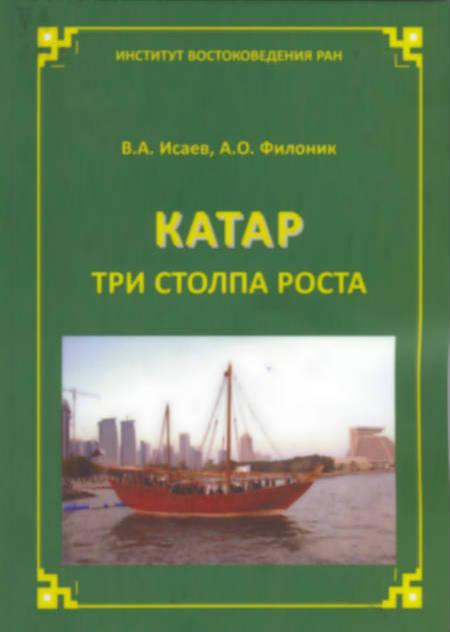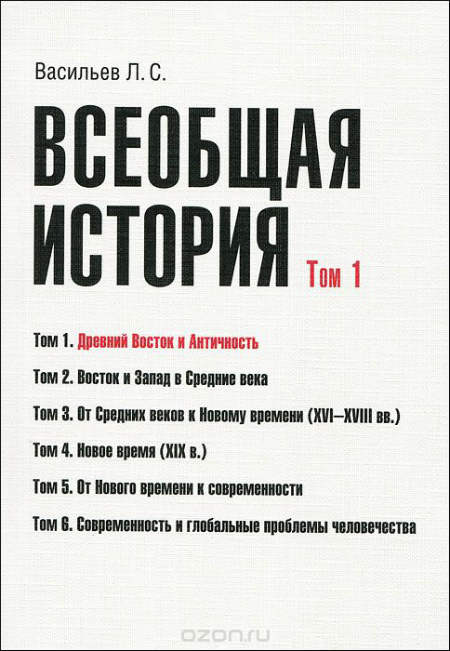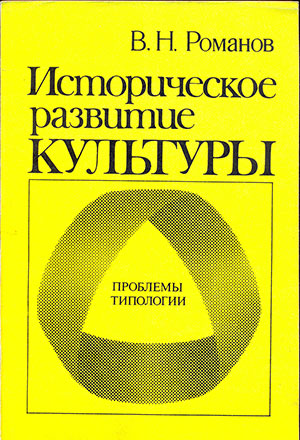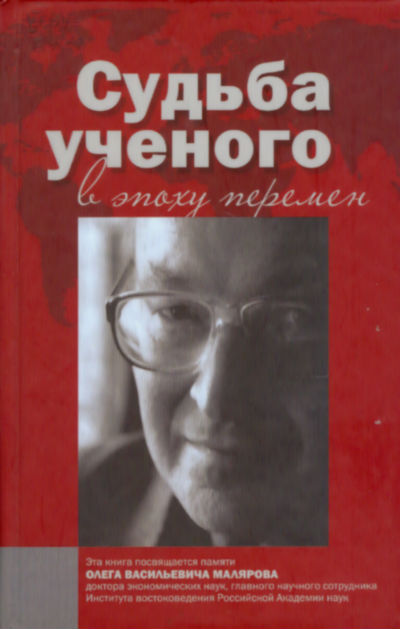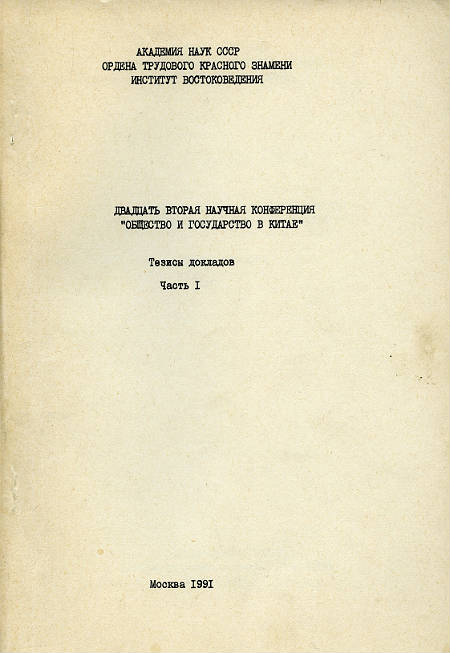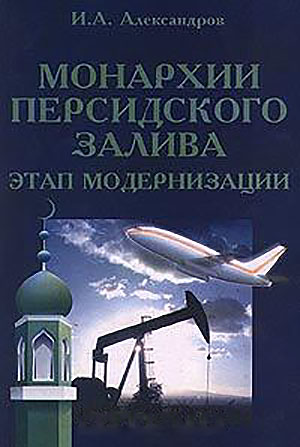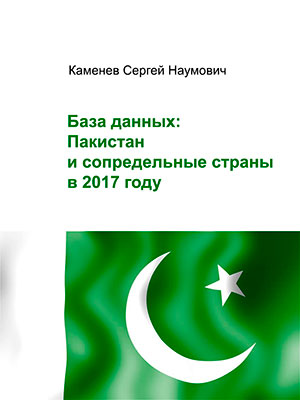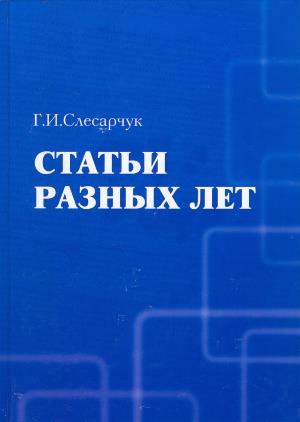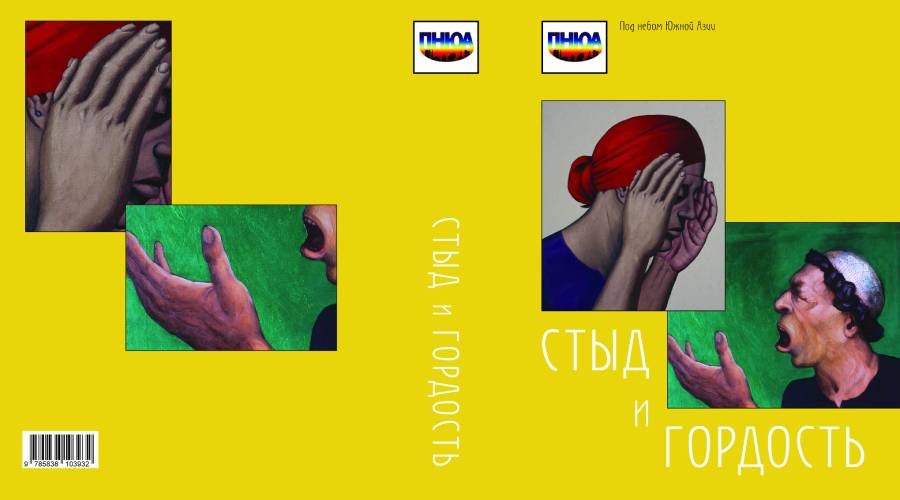Book
Under the Skies of South Asia. Shame and Pride: the Preliminaries of Emotional Standards and Practices
Не вообще, а в частности
Editor: Glushkova Irina
General Editor: Glushkova Irina
Москва, 2021, 917 p.
This is the fifth volume of the multidisciplinary research project Under the Skies of South Asia launched by Irina Glushkova and implemented by the Centre for Indian Studies, Institute of Oriental Studies, Moscow, as well as Indianists and South Asianists from other institutions, in order to reflect upon important historical, cultural, social, and political problems of India, Pakistan, Bangladesh, Nepal, Sri Lanka, Bhutan, and the Maldives as a contested entity. The basic principle applied to the whole project, irrespective of the theme chosen for any of the volumes, is Not in general, but in particular. The first volume of the project, Portrait and Sculpture: Territories, Ideologies and Ethnicities as Viewed through Material Objects (ed. by Irina Prokofieva), was published in 2014; the second volume, Mobility and Space: In Quest of Meanings beyond Stasis (ed. by Svetlana Sidorova), in 2015; the third volume, Territory and Belonging: Geopolitical Construction, Human Agency and the Perception of Places (ed. by Anna Bochkovskaya) in 2016; the fourth volume, Censure and Praise: Communicative Modalities of Historical and Cultural Specificity (ed. by Eugenia Vanina) in 2017.
The methodology applied in every volume seeks to introduce the vocabulary used by foremost academic centres and scholars and to employ the same for the exploration of South Asian societies. Similarly, it seeks to implement the research tools of ‘visual’, ‘mobile’, ‘spatial,’ ‘communicative’, ‘emotional’ etc. ‘turns’ of contemporary scholarship in the humanities. Taking recourse to the methodologies of the ‘affective/emotional’ turn, the present volume discusses various contexts and modes of affective life in South Asian societies. The selection of ‘Shame and Pride’ as the title was both spontaneous and calculated, since this steady tandem expresses primary social emotions, both closely connected with fear, which is the basic emotion keeping individuals, groups, societies, and regions of South Asia in interconnection and mutual awareness. The volume opens, as per the project regulation, by a foreword that continues to probe into the concept of South Asia, this time through shared sensibilities. This is followed by a theoretical introduction by the general editor and editor of the volume, which, in this case, happen to be the same scholar (Irina Glushkova). The introduction enlightens on various schools and methods of affective studies, immersing readers into the streams of researches and whirlpools of debates by generations of scholars, old as well as new. It highlights as a primary challenge the necessity for a metalanguage for adequate representation of the English-based lexicon and inventory of emotions, both for the Russian understanding and, no less importantly, for an adequate assessment of the South Asian linguistic and cultural milieu, where the very concept of ‘emotions’ had been primarily an innovation of colonial times. The introductory essays are followed by Part I, Poetics and Problematics, where the discussion on ancient theories of rasa and bhāva becomes a starting point for researching into the concepts of ‘disgust’ evolving from old lyrics and dramas, through medieval bhakti poetry, to colonial discourses and modern perceptions. It also deals with the colour allusions of medieval eroticism, the great Marathi poet Tukaram’s vacillations between peaceful and explosive emotions, the modern poet Nirala’s disdain for a historical personage who had lived two and a half centuries ago, and the lexicography of ‘shame’ and ‘pride’ in modern Tamil. Part II, Crises and Reactions, focuses on colonial society, the sensorial experiences of the British in India and on the affective life of the native princes, from their inner world as pertaining to their indigenous families and politics to the ‘emotional standards’ of their communications with colonial sovereigns, with a special reference to the ‘protocol of loyal sympathy.’ Part III, Loci and Sentiments, discusses emotional perceptions of inhabited spaces and therefore comprises two sub-parts. The first one, Countries, represents the British feelings of and for India, and the state indoctrination for the construction of happiness as the ideology of Bhutan; this sub-part also discloses local people’s fears and anxieties of visitors to the tourist countries like the Maldives and Nepal. The second sub-part, Cities, centres on emotional perceptions of urban spaces of post-1857 Delhi and contemporary Karachi, with special reference to Sri Lanka and its capital, Colombo. Part IV, Impulses and Reflections, brings to light the emotional facets of personal relations. It begins with the spectrum of negative feelings as manifested within the highly competitive groups of scholars, poets, colonial officials, etc. This is followed by some translations from literary texts illustrating affective hues of both bizarre imagination and everyday platitudes. Part V, Battles and Traumas, analyses collective emotions, especially as manifested in the phenomenon ubiquitous to the twenty-first century of ‘hurt sentiments’ and the ‘rhetoric of hate /animosity,’ making a deep impact upon the social life and the politics in South Asia and forcing legislators to make changes to the criminal code. Finally, the conclusive essay validating the commitment to the Not in general, but in particular principle deals with the interplay of the counter-emotions of shame and pride as read in the autobiography of Damodar Hari Chapekar of erstwhile Poona, written during the times of the 1897 plague, echoing with the present pandemic period and the plethora of feelings it evokes. Our multi-disciplinary approach brings together the analysis of textual sources with the results of fieldwork in diverse parts of South Asia. Translations from various South Asian litterateurs of various epochs, medieval to present-day, along with visual illustrations, enforce the argumentation of the researchers. The volume contributes to the analysis of the emotional world of the South Asian countries, passing the baton onto the next, sixth, volume of the project that proposes to negotiate ‘servant and master’ — the social, economic, cultural and political implications of domestic service in South Asia.


